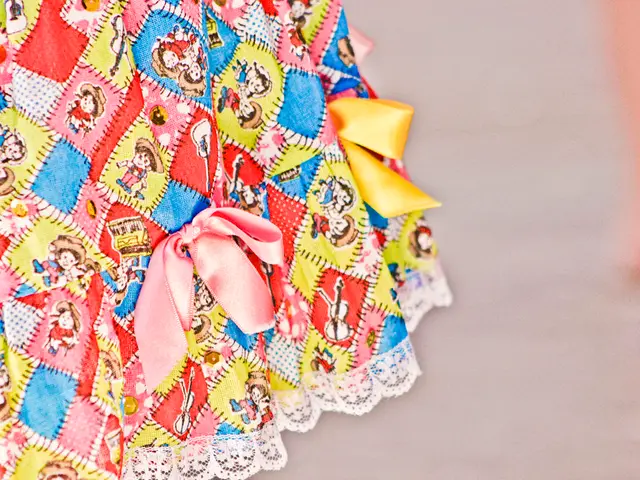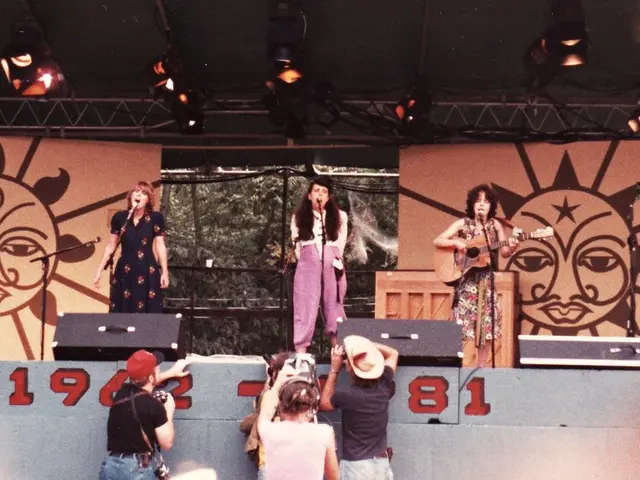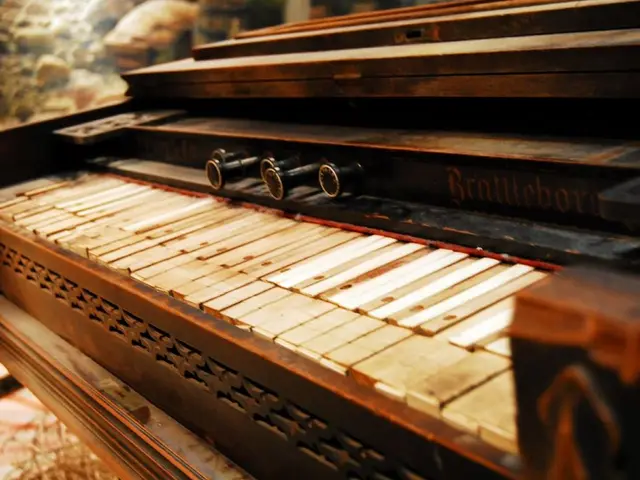Enlarging the array of chord colors through Modal Interchange
In the world of music, composers often strive to create harmony that is both original and consistent. Two techniques that help achieve this balance are Modal Interchange and Parallel Tonality. While related, these concepts offer unique ways to enrich harmony and create emotional variety.
Modal Interchange and Parallel Tonality are essential tools in various genres such as pop, rock, and jazz. The former involves borrowing chords or scales from parallel modes or keys, while the latter entails switching directly between parallel keys or modes.
### Differences Between Modal Interchange and Parallel Tonality
Modal Interchange typically involves borrowing individual chords or chord tones to add colour and tension. It is used within a progression to 'borrow' chords like bIII, bVI, or iv from parallel minor in a major key, or vice versa. Parallel Tonality, on the other hand, creates a stronger contrast, often shifting the mood by switching to a distinctly different tonality.
### How They Are Applied in Different Genres
In pop and rock, modal interchange is commonly used to introduce borrowed chords that soften or deepen emotional effect. For example, borrowing the bVII chord from the parallel minor in a major key is a classic rock/pop device, adding a bluesy or soulful flavour without losing the overall key centre. Parallel tonality switches, such as moving from a major verse to a minor chorus, can dramatically shape the emotional arc of a song, creating a clear mood shift noticeable to listeners.
Jazz music extensively uses modal interchange not only for borrowing chords but also for borrowing scales and modes from parallel keys to add complexity and colour. modal interchange can be more subtle in jazz, manifesting as modal shifts or modulation, often used in compositions or improvisations to create fresh tonal landscapes that engage the listener with unexpected harmonic turns.
### Practical Applications:
In pop and rock, composers can use modal interchange to borrow a iv chord from the parallel minor in a pop song's major key verse to add a bitter or soulful dimension without modulating away from the main key. Parallel tonality shifts, such as an entire section moving from major to minor, can heighten emotional contrast, such as a chorus moving into the parallel minor key within a rock ballad.
In jazz, musicians might borrow chords or scales from parallel modes within a single progression for rich harmonic textures. Parallel tonality changes in jazz can be more subtle, manifesting as modal shifts or modulation, often used in compositions or improvisations to create fresh tonal landscapes that engage the listener with unexpected harmonic turns.
In conclusion, modal interchange is about borrowing harmonic elements from parallel modes to subtly enrich progressions, while parallel tonality involves more decisive shifts between major and minor tonal centers or modes. Both techniques are essential tools in pop, rock, and jazz composition and improvisation, enabling composers to create emotional depth, tension, and contrast effectively.
Composers in the realm of pop, rock, and jazz frequently employ Modal Interchange and Parallel Tonality to enhance their music's emotional depth. Modal Interchange, by borrowing individual chords or chord tones, adds color and tension within a progression, for instance, by borrowing the bVII chord from the parallel minor in a major key to infuse a bluesy or soulful flavor. Parallel Tonality, on the other hand, creates a stronger contrast by shifting the mood through direct switches to distinctly different tonalities, such as moving from a major verse to a minor chorus in pop and rock. This creates a clear mood shift noticeable to listeners. In jazz music, both techniques are used to create complex harmonies and fresh tonal landscapes, with modal interchange subtly manifesting as modal shifts or modulation, and parallel tonality changes being more apparent as shifts in keys or modes.




